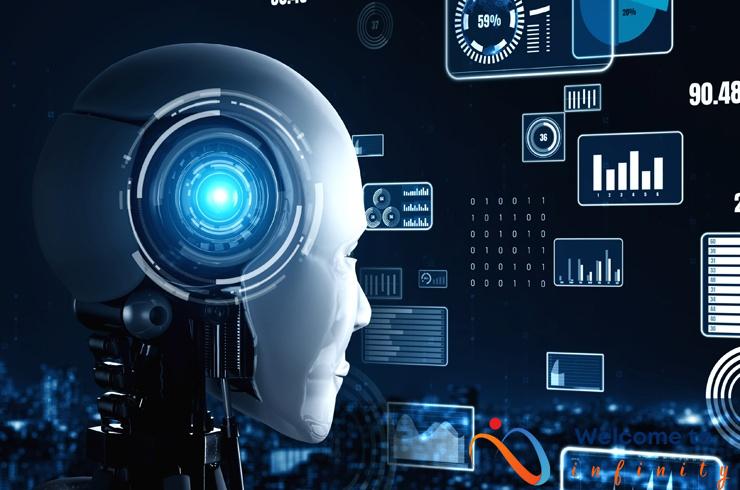In technology circles, the discussion of artificial intelligence (AI) and its potential implications on the future of human/computer collaboration is an ongoing one. AI has seen a marked rise in its capabilities over the past decade and is beginning to influence a wide range of processes, from navigation in autonomous vehicles to medical diagnosis, and even to online education.
AI holds great potential for the future of collaborative technology, specifically in its ability to bridge the gap between humans and computers. AI can be used to integrate different levels of understanding, from subtle nuances of reasoning to complex decision-making processes. This allows for an even higher level of collaboration between humans and computers, as AI enables computers to take on a much more active role in the process.
For example, AI can be used to create a shared technology platform that allows different stakeholders to work together more efficiently. AI can also be used to speed up the learning curve of new technologies, by providing personalized feedback to users to help improve their skills and knowledge. AI can even help in the development of new software, by carrying out tasks that would previously have taken the user much longer to complete.
AI is rapidly becoming the backbone of collaboration between humans and computers. As AI continues to evolve, technology collaborations can only become further advanced. The possibilities are virtually limitless, from enhanced medical diagnosis to more efficient manufacturing processes. As AI and technology continue to evolve, the potential for human/computer collaboration can only increase.

